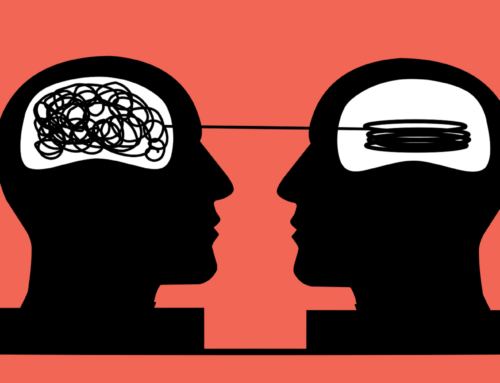We’re not wired to feel safe all the time, but maybe one day we could be.
A recent study investigating the neurological basis of anxiety in the brain has identified ‘anxiety cells’ located in the hippocampus – which not only regulate anxious behaviour but can be controlled by a beam of light.
The findings, so far demonstrated in experiments with lab mice, could offer a ray of hope for the millions of people worldwide who experience anxiety disorders(including almost one in five adults in the US), by leading to new drugs that silence these anxiety-controlling neurons.
“We wanted to understand where the emotional information that goes into the feeling of anxiety is encoded within the brain,” says one of the researchers, neuroscientist Mazen Kheirbek from the University of California, San Francisco.
To find out, the team used a technique called calcium imaging, inserting miniature microscopes into the brains of lab mice to record the activity of cells in the hippocampus as the animals made their way around their enclosures.
These weren’t just any ordinary cages, either.
The team built special mazes where some paths led to open spaces and elevated platforms – exposed environments known to induce anxiety in mice, due to increased vulnerability to predators.
Away from the safety of walls, something went off in the mice’s heads – with the researchers observing cells in a part of the hippocampus called ventral CA1 (vCA1) firing up, and the more anxious the mice behaved, the greater the neuron activity became.
– Peter Dockrill
Read more: Scientists Have Identified The Physical Source of Anxiety in The Brain







Leave A Comment